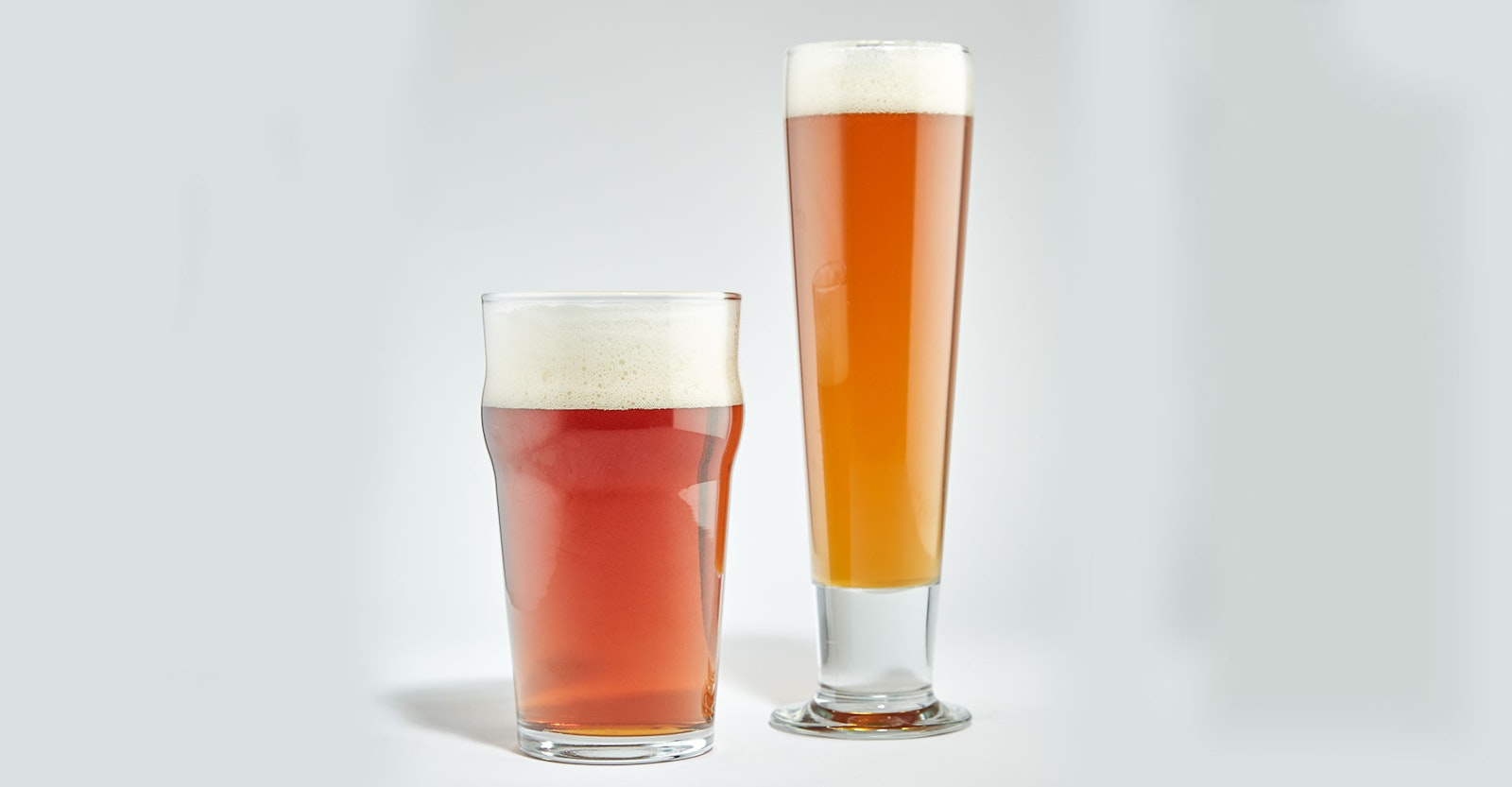This question is a fun one. On the surface, the answer probably seems straightforward, but closer inspection reveals that it’s not necessarily as cut and dried as we initially suspect.
So let’s approach the question by way of four of the most commonly offered answers. Along the way, we’ll dispel a few myths and learn more about what defines this seemingly stark division of the world’s great beer styles.
Common Answer #1: Ale is made with top-fermenting yeast, but lager is made with bottom-fermenting yeast.
This answer is misleading at best and simply not true. Observe an active fermentation for any length of time and you immediately notice that yeast activity is distributed throughout the liquid. As billions of yeast cells multiply and feed upon the available sugars, initially clear wort becomes rather cloudy. Bubbles rise to the top from all points in the fermentor, and the whole mass appears to churn violently. When fermentation is over, those yeast cells drop out of solution, and the beer becomes clear once again. Most yeast cells, ale and lager alike, flocculate and end up on the bottom of the fermentation vessel, at least to some degree.

